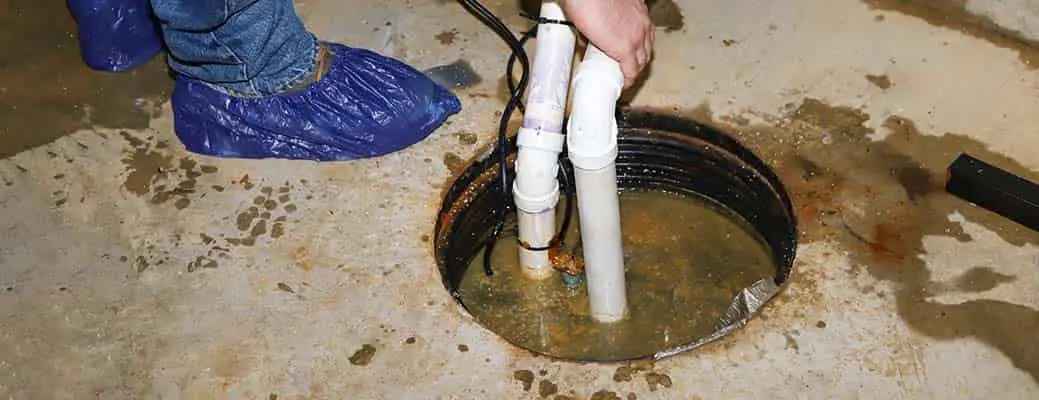What to Do If Your Sump Pump Fails


Your sump pump has the important job of keeping water out of your home during heavy rain and flooding. If your sump pump fails, you could be facing excessive water damage to your home.
Find out how to ensure your sump pump is well-maintained, what to do when your sump pump fails and how damage from failure of a sump pump is covered by insurance.
Sump pumps sit in a sump pit, which is generally installed at the lowest point of your basement. Water that makes its way into your home’s foundation is diverted into a drain system that surrounds the basement perimeter. That water drains into the sump pump pit, where the sump pump removes the water by pumping it into a storm drain, retention pond or dry well.
Sump pumps can fail for a variety of reasons, including power outages and improper maintenance. Here are some of the most common causes of sump pump failure and how to prevent them:
Many sump pumps use your home’s electricity to run, which is why power outages are a common reason for sump pump failure[JT1] . Power outages can happen for a number of reasons, including heavy rains. But that’s also exactly when you need that water pumped out of your home to avoid water damage. Power outages can also be caused by animals like squirrels, birds and snakes, and by tree limbs that come in contact with poles and power lines. Construction equipment can inadvertently damage electrical equipment.
Prevent It: The best way to avoid sump pump failure during a power outage is to have a battery backup for your sump pump, which will keep water pumping during a power outage[JT2] . In addition to battery-powered[JT3] sump pump backups, some pumps also have water-powered backup systems that use your home’s water supply to remove water from the sump pit.
The most common mechanical failure in a sump pump occurs when the switch becomes stuck in the on or off position, causing the pump to run continuously or not at all. Switches are relatively inexpensive to replace and some homeowners opt to install a new pump in the sump basin but keep the older pump (with a new switch) as an emergency backup pump.
Prevent It: Check for worn parts. The float switch is the most common part that fails on a sump pump, and many manufacturers recommend replacing the float every two years. Also, check for corrosion and clean the inlet screen, which is located at the base of the pump.
Failure of the motor happens when the voltage from the electricity supply increases until the pump is overheated and shuts off. This can happen when the sump pump is being overworked due to a poor quality or an undersized pump. If the sump pump's motor is too small, the water might be entering the basin or pit faster than the pump can pump it out. This can cause the system to run continuously, resulting in burnout.
Prevent It: Test the pump every year by pouring a bucket of water slowly into the sump pump. If the pump doesn't turn on once the water level reaches a predetermined level or if it does not properly discharge the water, then the pump may be broken or clogged.
Cracks or breaks in the internal discharge piping or undersized piping can cause the sump pump motor to work harder. At least twice a year, pour about 5 gallons of water into your sump pump and as the pump moves the water out of the sump bucket, check your internal discharge lines [JT4] for cracks or breaks in the joints. If you find any, replace those sections of the piping.
Prevent It: Inspect the water discharge area. Ensure water is being directed at least 20 feet away from your house and confirm the water is flowing and not clogging along the line. This is also a good time to check the sump pit. Clean out any dirt or debris that could cause a clogged discharge line[JT5] .
Most sump pumps have a life of about 7 to 10 years with average use. If your pump runs frequently, its lifespan will likely range from 5 to 7 years.
Prevent It: While there’s no way to prevent a pump from growing old, you can avoid disaster by having a backup pump on hand in case of failure.
If your sump pump fails and your basement starts to flood, you need to act fast. Here are the critical first steps you should take if you find that your sump pump is no longer working:
You’ll want to contact your agent to determine if your homeowners insurance covers sump pump failure. Farm Bureau offers optional coverage to cover damage caused by sump pump failure.
Farm Bureau offers coverage to help protect your home, your belongings and your future. To learn more about homeowners insurance, connect with your Farm Bureau agent.